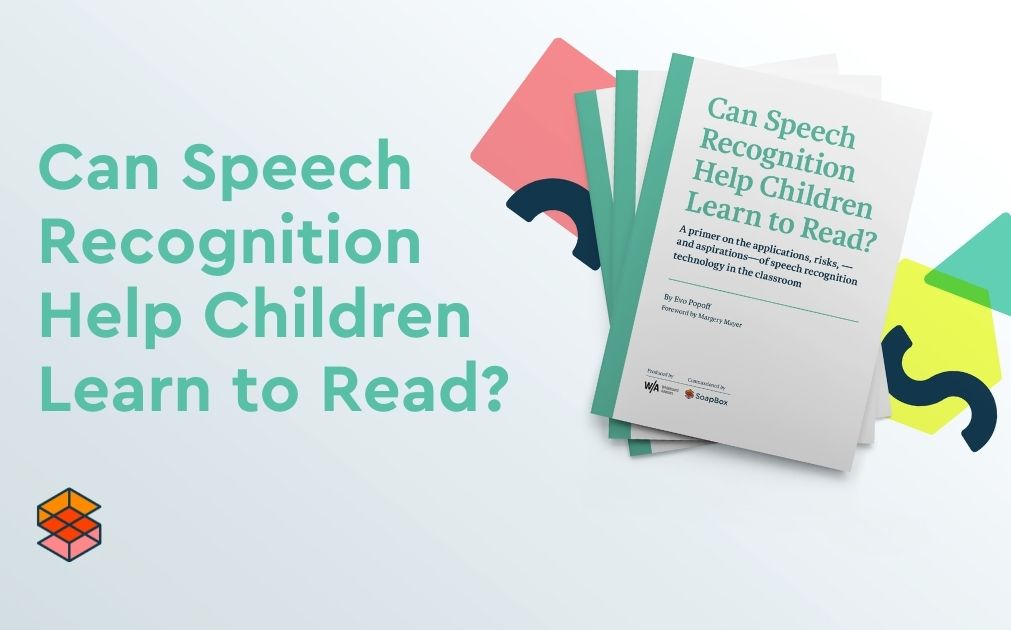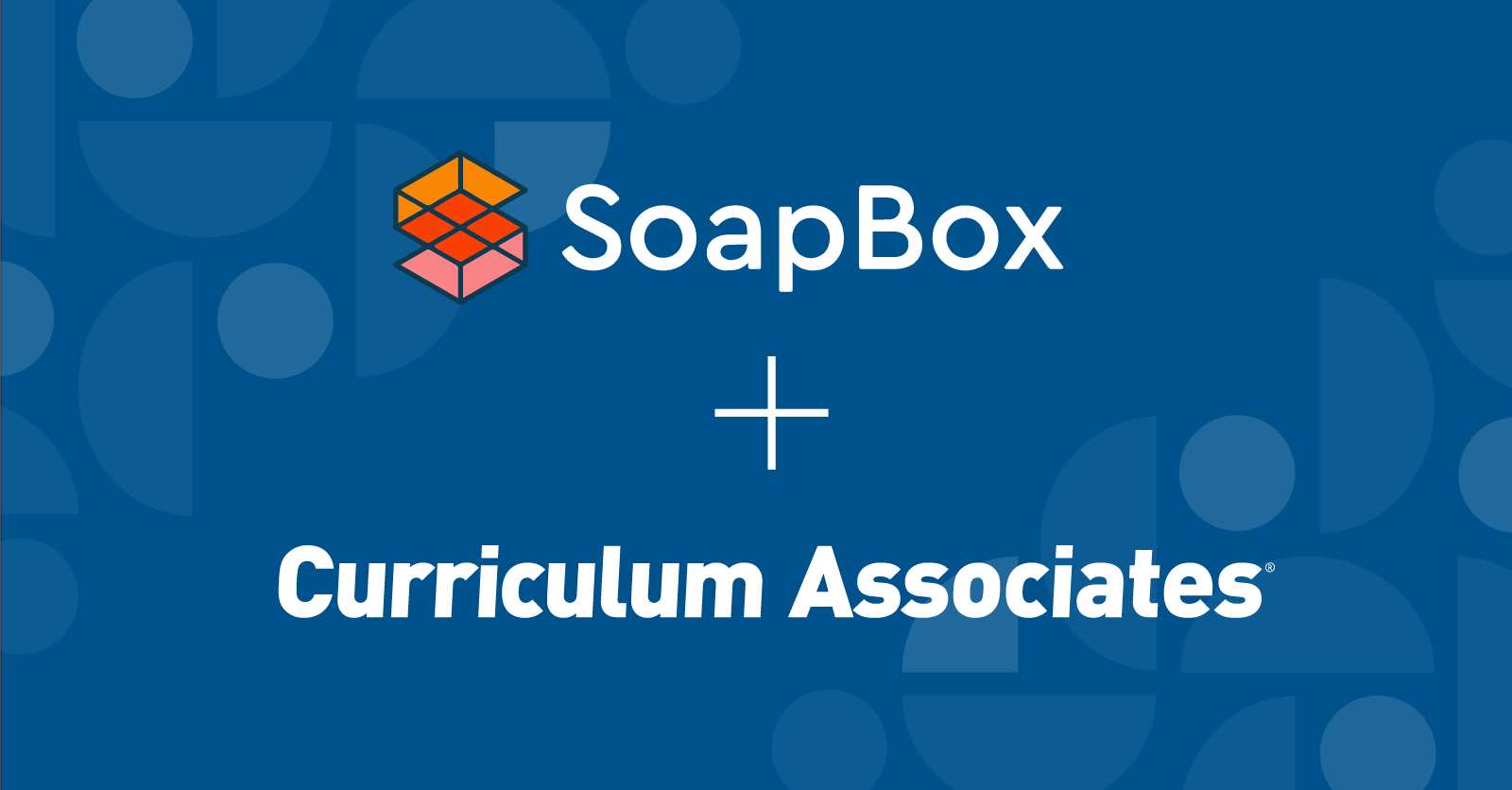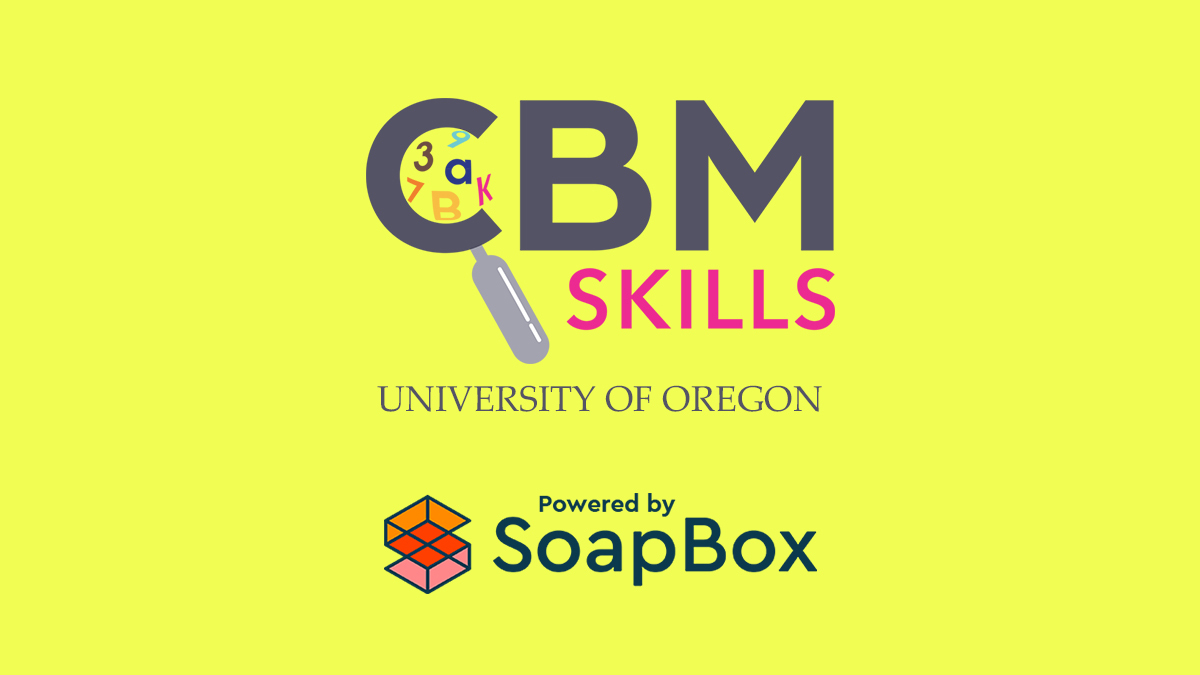New White paper, “Can Speech Recognition Help Children Learn to Read?”
July 14, 2021

DUBLIN, Ireland (July 14, 2021) — Dublin-based SoapBox Labs, pioneering developer of speech recognition for kids, today released a white paper exploring the applications, risks, and opportunities of speech recognition in the classroom.
The paper, titled, “Can Speech Recognition Help Children Learn to Read? A primer on the applications, risks, and aspirations of speech recognition technology in the classroom”, raises both critical questions and highlights the emerging role of voice-driven tools in supporting educators working with young readers.
“Recent advances in artificial intelligence and machine learning have enabled the development of speech recognition that’s purpose-built for the realities of the classroom. The technology has advanced to the point where it can not only recognize and process children’s speech, it can account for differences in accents or dialects in ways that mitigate implicit and unintentional biases,” wrote Margery Mayer, who served 25 years as President of Education for Scholastic, in the white paper’s foreword. “This can have a profound impact on the trajectory of young learners. Such advances could not have come at a more crucial moment.”
Among the key takeaways from the white paper:
- Speech technology built for adult voices doesn’t work for kids. The technology that enables the most popular voice experiences is built primarily for adult voices. Children’s voices are physically different from adults, their language changes rapidly as they develop, and their behaviors are much more unpredictable. In order to become an accepted and commonplace tool in early childhood and K-12 education, speech technology has needed to evolve to work for children of all ages and accents, and on all devices in everyday classroom and home settings.
- From early literacy to math and language learning, speech recognition has various applications in the classroom. Early solutions have focused on early literacy and fluency: areas that benefit from the ability of voice-powered tools to listen to and understand language, unlocking far more natural and nuanced ways of gauging reading fluency and comprehension than traditional quizzes and tests. The technology is also increasingly being used to support the process of observational assessment and to help diagnose reading challenges, including dyslexia, at an earlier stage.
- Speech recognition generates valuable data. Voice-enabled reading and language tools can offer kids and teachers immediate feedback loops that provide intervention insights, support personalized learning paths, and improve learning outcomes. The voice data generated from these systems can also provide longitudinal views for teachers, schools and districts and inform product design decisions for education publishers and companies offering curriculum and assessment solutions.
- Artificial intelligence systems show promise for eliminating bias. Mainstream voice assistants have been shown to misidentify words from white speakers about 19 percent of the time and from Black speakers about 35 percent of the time. This jump in error rate is especially concerning in the context of children’s speech. AI-driven speech recognition systems can be proactively designed for diversity and modeled on the broadest range of accent and dialect variations in turn, helping to reduce bias and disparities between results.
“The global shift to remote learning has created a profound sense of urgency to rethink how children interact with technology and what they can expect from those interactions,” says Dr. Martyn Farrows, CEO of SoapBox Labs. “That urgency, coupled with the emergence of high accuracy speech recognition, has driven the demand for more equitable forms of early literacy assessments. Speech recognition is helping kids to learn more independently – to read, hone their math skills, and speak more confidently in new languages.”
Read the full white paper.




